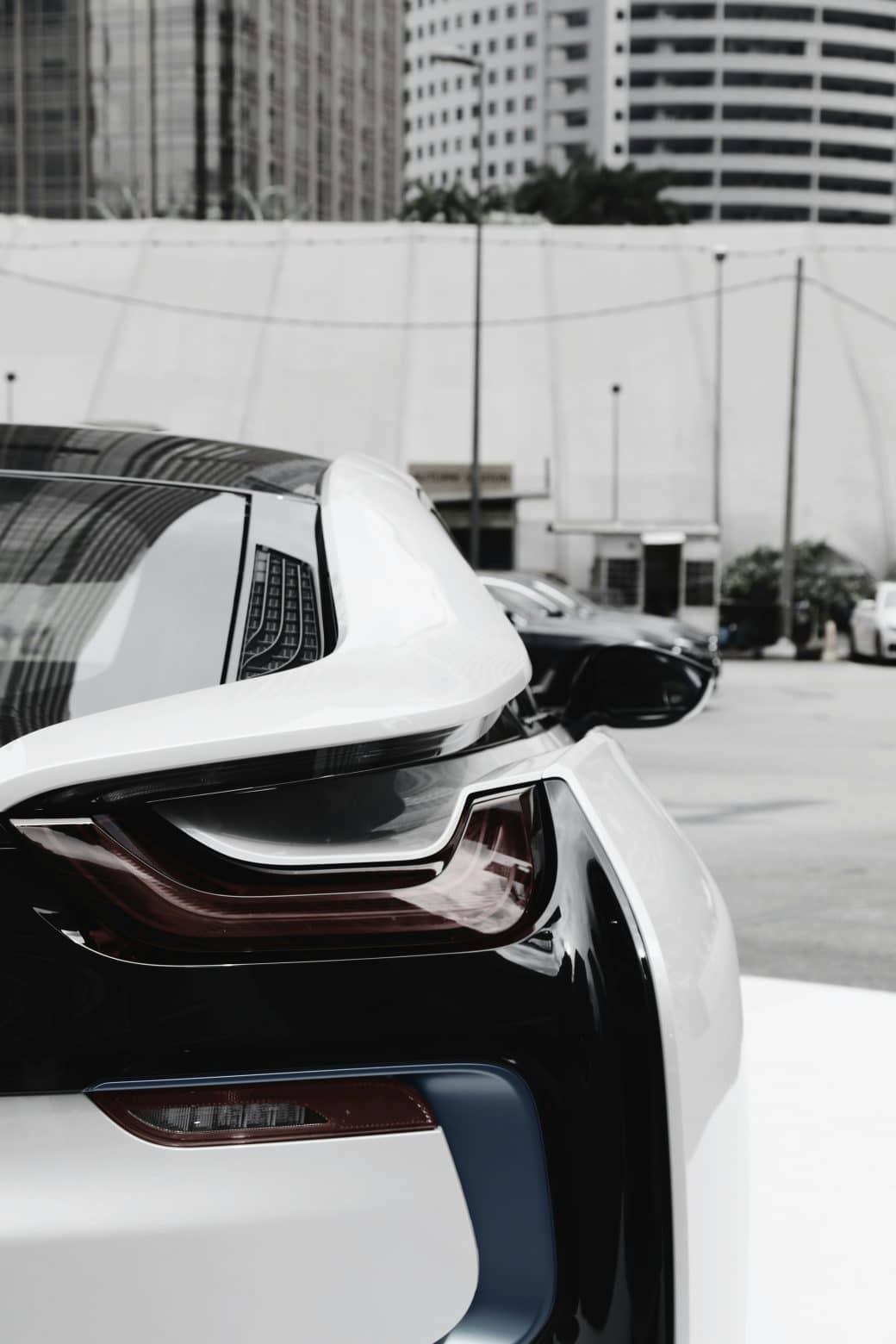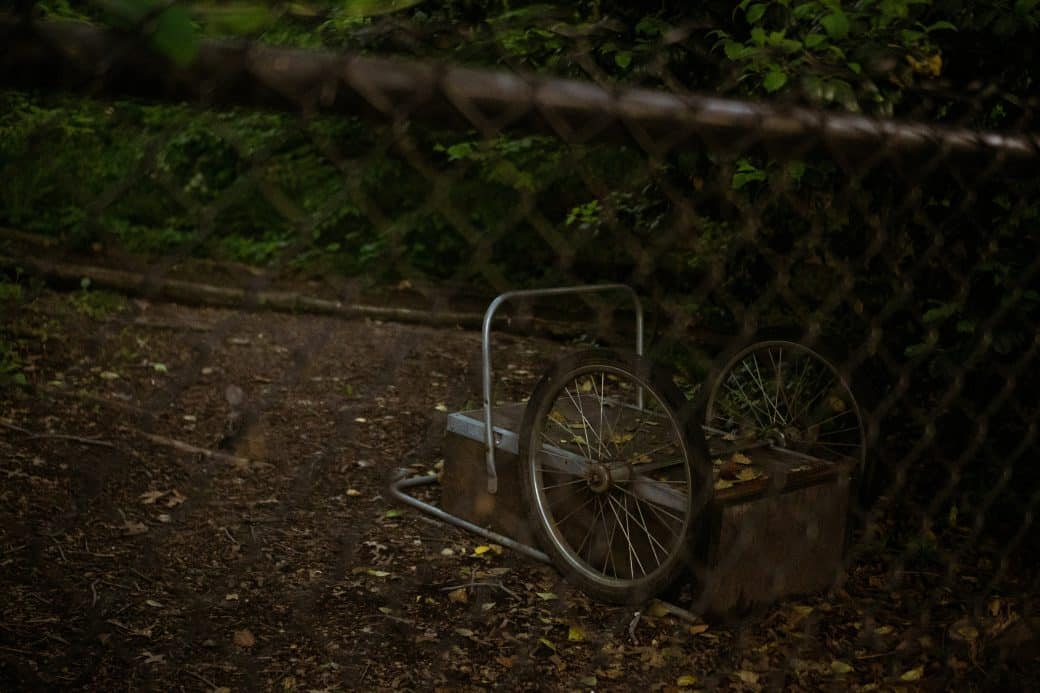Imagine stepping into a world where every corner turned reveals a creature more astonishing than the last. That’s the magic of concept artistry, a realm where imagination knows no bounds. In my journey through the intricacies of creating captivating creature designs, I’ve had the incredible opportunity to explore the art and science of bringing the fantastical to life. From the initial spark of inspiration to the meticulous crafting of every scale, feather, and fang, it’s a behind-the-scenes look at a process that’s as enchanting as the creatures it brings forth. Join me as I share insights from my adventures in concept artistry, where creativity reigns supreme and every creation is a testament to the power of imagination.

The Essence of Concept Artistry
Understanding concept artistry
Concept artistry is like the creative blueprint for everything you see in movies, video games, and animations. It’s where all the visual magic begins. The job is to conceive and visualize environments, characters, and creatures that might not even exist in the real world. It’s a fascinating field where I get to use my imagination to its fullest, bringing to life ideas that can inspire, terrify, and mesmerize an audience.
Difference between concept artistry and traditional art
While traditional art focuses on capturing the world as we see it or expressing emotions and ideas, concept artistry is more about designing for a specific purpose. It’s about problem-solving to meet the needs of a project, like imagining a creature that fits perfectly into a story’s unique universe. It merges artistic skills with a keen understanding of storytelling to create something truly original and fit for purpose.
Role of a concept artist in the creative sector
As a concept artist, my role in the creative sector is like that of an architect in construction. I lay down the initial visuals from which entire worlds are built. Whether it’s for a game, movie, or any other form of media, my designs help guide producers, directors, and other artists in realizing a cohesive and compelling visual narrative. It’s a role that requires not just creativity, but a deep understanding of how visual elements can tell a story.
Starting Points in Creature Design
Brainstorming initial ideas
Every creature starts as a spark of imagination. Brainstorming is my playground—a phase where no idea is too outlandish. I jot down notes, doodle sketches, and think about what kind of emotion I want this creature to evoke. Is it fear, awe, or perhaps empathy? This stage is all about unleashing creativity and setting the groundwork for the design process.
Researching and gathering inspirations
Inspiration is everywhere—in the natural world, mythology, and even in the designs of past artists. I spend hours combing through various sources, looking for elements that might breathe life into my creature. It’s a treasure hunt, searching for the perfect features that could make my design stand out while still serving the story’s needs.
Sketching rough drafts
Once I have a solid idea and ample inspiration, I start sketching rough drafts. This stage is all about exploration and experimentation. Shapes, forms, and proportions take precedence as I try to capture the essence of the creature in simple lines. It’s a process of refining and redefining until a coherent design starts to emerge.
Creating mood boards
Mood boards are essential tools in the design process. They help consolidate the creature’s aesthetic by compiling textures, colors, and elements that define its essence. It’s like creating a visual lexicon that will guide the design as it evolves from a rough concept to a detailed illustration.
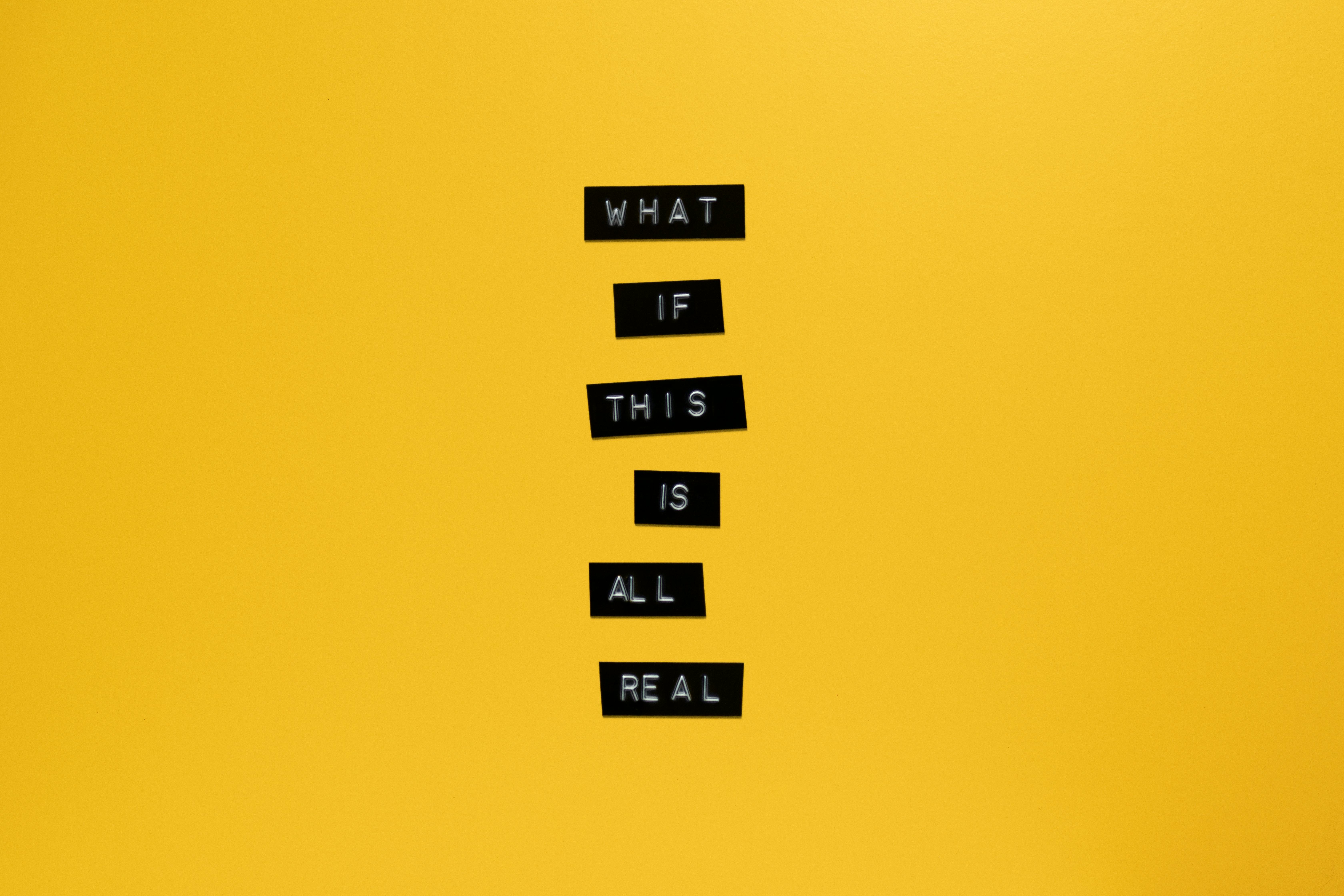
Defining the Creature’s Role in the Story
How the creature’s character affects design
A creature’s design goes hand in hand with its role in the story. Whether it’s a menacing antagonist or a gentle giant, every aspect of its appearance—from its posture to the look in its eyes—should reflect its character. It’s a fascinating challenge to embed personality into physical features, making the creature not just a design, but a character audiences can connect with.
Incorporating story backstory into design
The creature’s backstory is a goldmine for design details. It informs scars, markings, and even the wear of its skin. Understanding where the creature comes from, its struggles, and triumphs adds depth to the design. It turns the creature into a being with a history, enriching the story it is a part of.
Use of symbolism and representation
Symbolism plays a significant role in creature design. It allows for the addition of deeper meanings to physical attributes. Maybe its color signifies danger, or its horns represent royalty. These symbolic elements add layers to both the creature and the story, enriching the audience’s experience by weaving in themes and messages without words.
Anatomy and Aesthetics in Creature Design
Understand the Importance of Anatomy
Anatomy is not just about getting the proportions right; it’s about believability. Even the most fantastical creature needs to have a sense of anatomical correctness to be convincing. I study a wide range of animal anatomies to understand movement, structure, and how muscles and bones give shape beneath the skin. This knowledge is crucial in designing a creature that feels real.
Use of Aesthetics and proportions
Aesthetics and proportions are where beauty comes into play. It’s about finding balance and harmony in the design, making the creature appealing or appropriately terrifying. It’s fascinating to play with proportions—to elongate limbs, exaggerate features, and manipulate shapes—to create a visually compelling creature.
Creating believable and realistic designs
Believability is key. No matter how otherworldly, there needs to be an element of realism in the design. This could be in how the creature moves, how its skin reacts to light, or how it interacts with its environment. Realism brings the creature to life, making it a believable part of the story’s world.
Studying real-world animal biology
Real-world animal biology is an endless source of inspiration and a foundation for realism. It informs everything from the texture of the skin to how the creature might vocalize. Understanding these biological aspects helps in designing creatures that viewers can relate to on some level, even if they are purely fantastical.
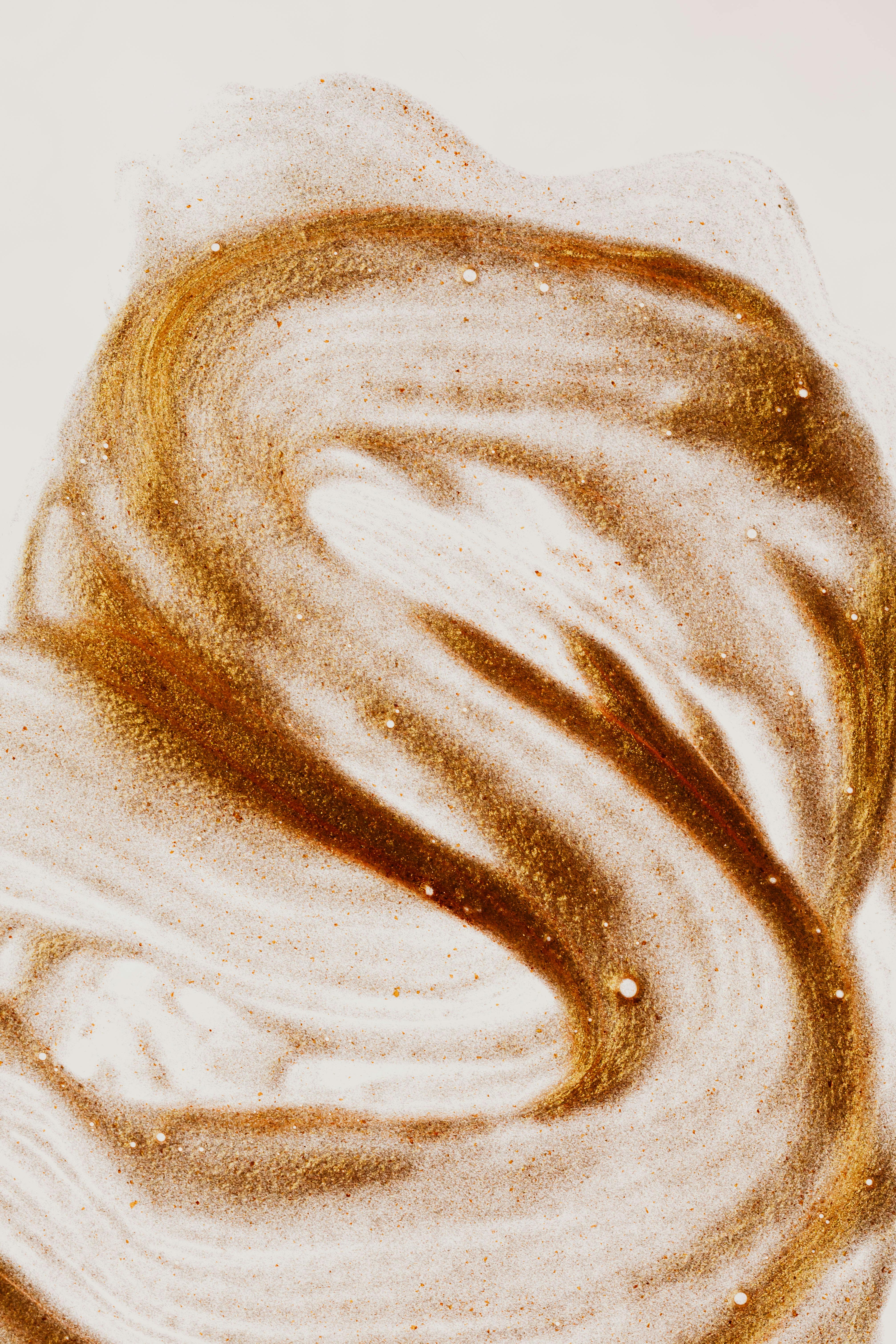
Color and Texture in Creature Design
Choosing the right color palette
Color is a powerful tool in conveying emotion and setting the tone. The right color palette can make a creature appear more menacing, majestic, or mysterious. It requires a thoughtful selection of hues that not only complement each other but also enhance the creature’s role in the story.
Impact of colors on the creature’s personality
Colors have a significant impact on perception. Dark, subdued colors might suggest a more sinister nature, while bright, vibrant colors could indicate friendliness or innocence. The choice of colors can subtly influence how audiences feel about the creature, playing into preconceived associations and adding depth to its character.
Experimenting with textures and their implications
Texture adds a tactile dimension to the design. It can influence how we perceive the creature—is its skin rough, suggesting toughness, or soft, suggesting vulnerability? Experimenting with textures, from scales to feathers, opens up a whole new layer of detail that can make a design truly stand out.
Transforming 2D Sketches to 3D Models
The role of digital tools in modern design
Digital tools have revolutionized concept artistry. They allow me to transform my 2D sketches into detailed 3D models. This transition lets me explore my design in a new dimension, testing out angles, lighting, and how it fits into its environment. It’s an exciting phase where the creature starts to feel more tangible.
Animating your design using computer software
Animation breathes life into the design. Using computer software, I can animate my 3D model, seeing how it moves, reacts, and exists in a space. This process is not just about realism, but about character—how a creature slithers, stalks, or soars says so much about it, turning a static design into a living being.
Making a seamless transition from paper to screen
The transition from paper to screen is a delicate one. It’s about retaining the essence of the original design while taking advantage of digital tools to enhance and expand it. This requires a careful balancing act, ensuring that the creature’s character and role in the story are preserved as it takes on a new life.
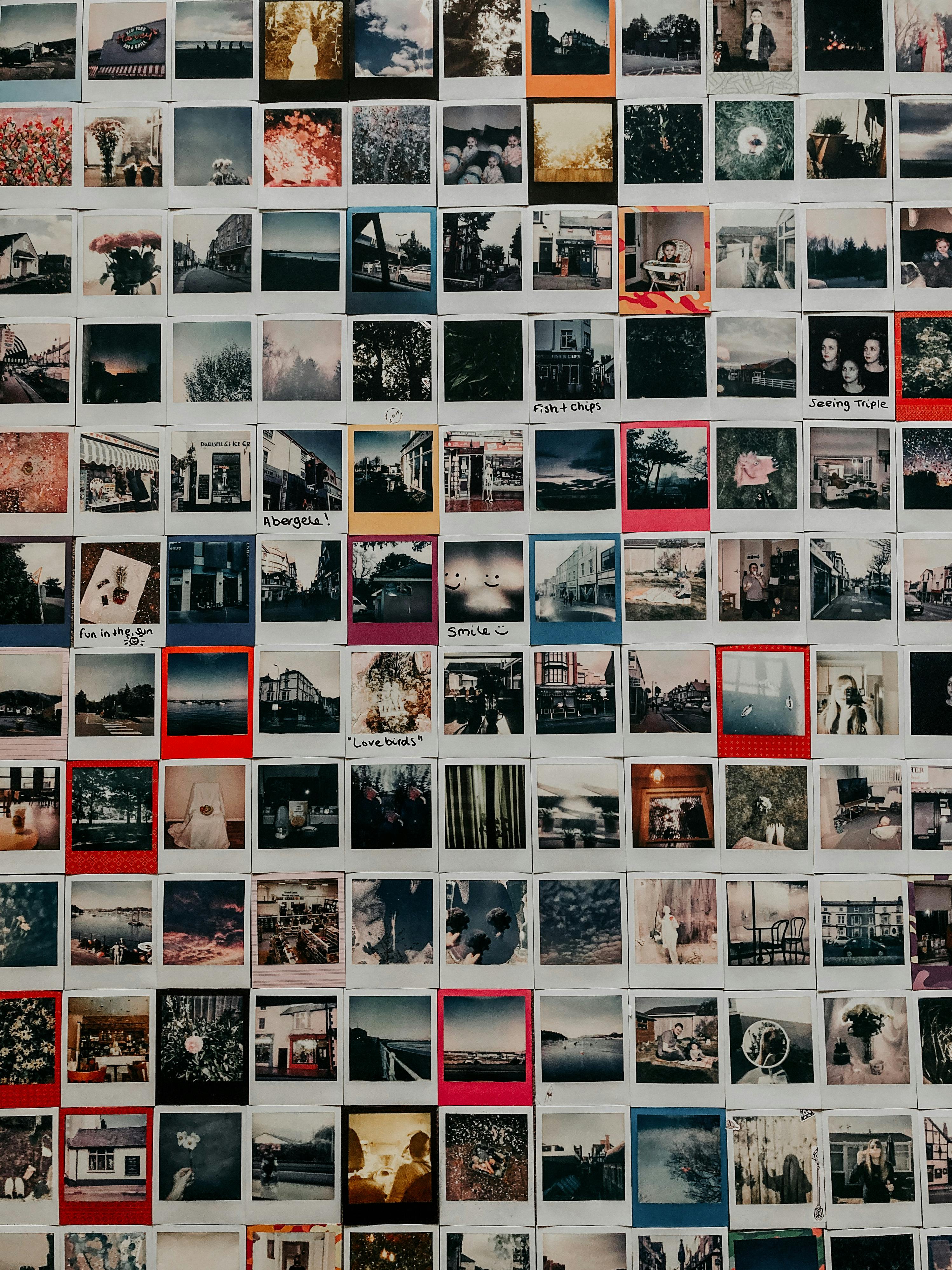
Working with Directors and Writers
Co-creating with a narrative in mind
Working closely with directors and writers is crucial. It’s a collaborative process, where my designs need to align with their vision for the story. Together, we go back and forth, refining and adjusting the creature until it perfectly fits the narrative puzzle. It’s a partnership where creativity and storytelling intersect.
Understanding and respecting the director/writer’s vision
Understanding the director’s or writer’s vision is foundational to the design process. I need to immerse myself in their worldview, interpreting and visualizing their ideas. Respecting this vision doesn’t mean putting aside creativity but channeling it to serve the story being told. It’s a blend of guidance and freedom.
Learning to adjust designs according to feedback
Feedback is a vital part of creating something truly remarkable. Learning to adjust designs according to feedback, even when it means reimagining aspects I may feel attached to, is essential. It’s about keeping an open mind and focusing on the ultimate goal—a creature that captivates and enhances the story.
Challenges in Concept Creature Design
Dealing with creative blocks
Creative blocks are an inevitable part of the process. There are days when ideas just don’t flow, and every sketch feels like a dead end. Overcoming these moments requires stepping back, maybe seeking new sources of inspiration, or simply giving the mind a break. Persistence and patience are key.
Overcoming technical limitations
Technical limitations, whether it’s the capabilities of software or the constraints of the medium, are another challenge. Innovating within these limitations, finding workarounds, and sometimes rethinking the design approach altogether are all part of finding solutions that bring the creature to life without compromising the vision.
Handling criticism and rejection
Criticism and rejection can be tough but are invaluable. They offer fresh perspectives and are opportunities for growth. Learning not to take them personally but as a means to improve is a lesson in resilience and open-mindedness. It’s all about the journey to creating something amazing.
Successful Creature Designs in Film and Video Games
Lessons from iconic creature designs
Iconic creature designs in films and video games offer endless lessons. Analyzing these designs, understanding why they resonate with audiences, and studying the techniques used to bring them to life are all part of learning and growing as a concept artist. It’s about standing on the shoulders of giants, inspired to push boundaries further.
Studying successful designs and understanding why they worked
Successful creature designs are not just about aesthetics; they worked because they connected with audiences on an emotional level. Studying these successes means looking beyond the surface, understanding the storytelling, the character development, and how design choices from colors to textures played a role in making these creatures memorable.
Future of Concept Artistry and Creature Design
Impact of emerging technologies on creature design
Emerging technologies promise to revolutionize creature design. Virtual reality, augmented reality, and advancements in 3D modeling offer new realms of possibility. They allow for more immersive experiences, where creatures not only exist on screen but in shared virtual spaces, opening up exciting new frontiers for storytelling and design.
Skills needed for future concept artists
Future concept artists will need a blend of traditional skills and technological savvy. An understanding of story, a solid foundation in art principles, and adaptability to new tools and software will be crucial. Lifelong learning and curiosity will be the keys to staying relevant and innovative in a rapidly evolving field.
Expanding job opportunities in the industry
As the demand for rich, immersive storytelling grows across movies, video games, and new platforms like virtual reality, so too does the need for talented concept artists. Job opportunities are set to expand not just in quantity but in diversity, offering a wide range of niches and specialties for artists to explore. The future is bright, full of potential for those ready to dream up the next unforgettable creatures.
Creating captivating creature designs is a journey that blends imagination with technique, story with visuals. It’s a process filled with challenges but equally rewarding moments. Standing at the intersection of art and storytelling, concept artists have the unique privilege of bringing the not-yet-existent to life, inviting audiences into worlds beyond their wildest dreams. The path of a concept artist is one of endless discovery, where each design is a step into the unknown, promising adventure at every turn.

